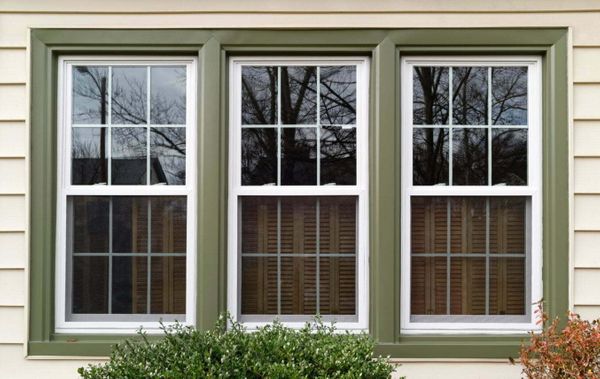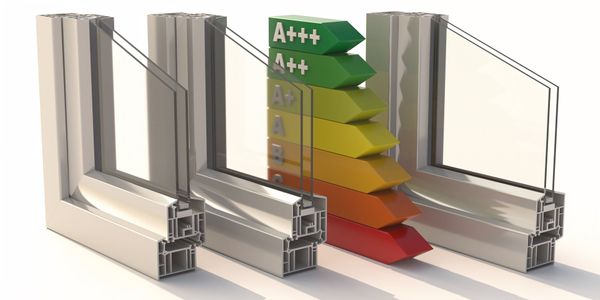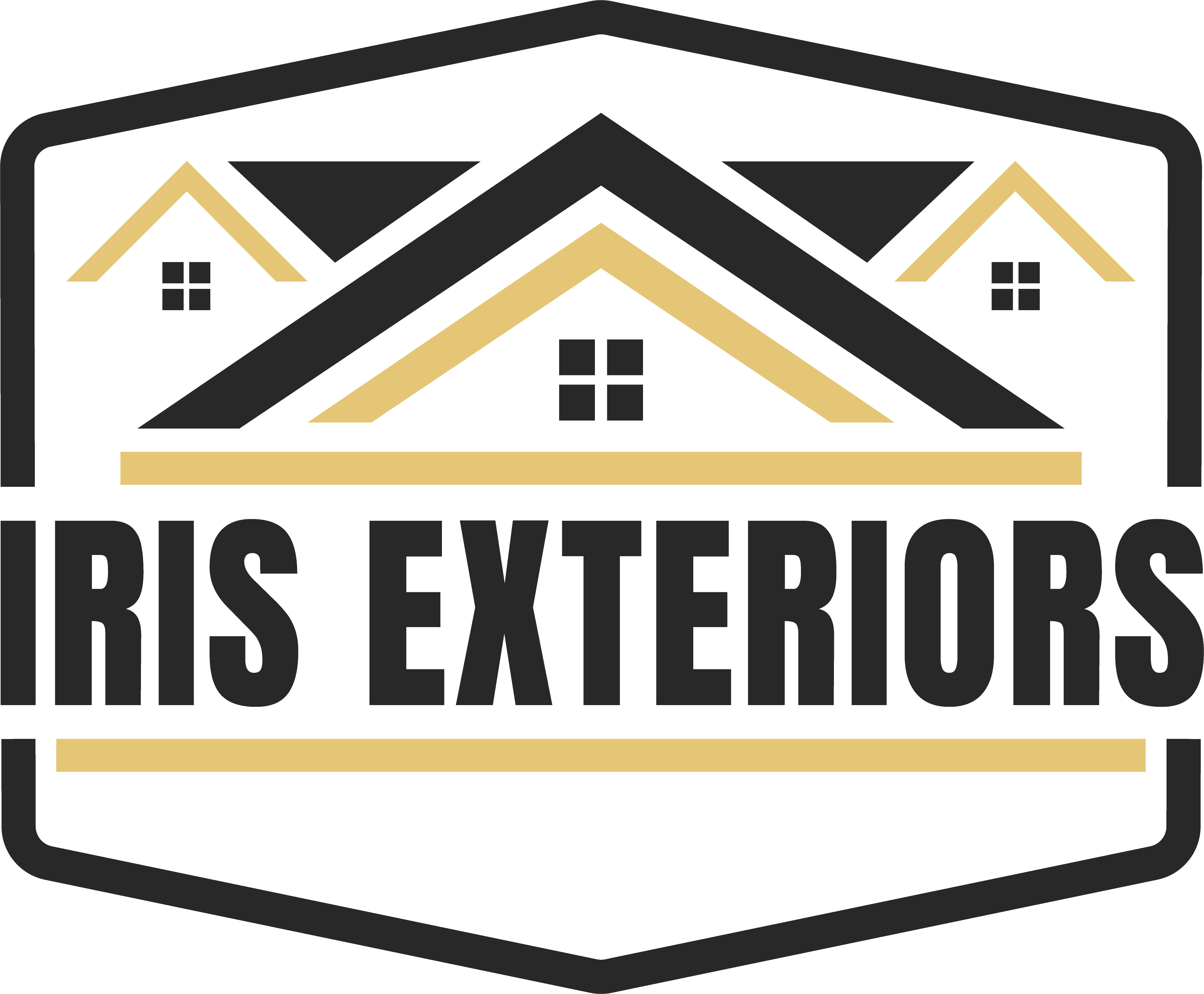Windows play a crucial role in maintaining a comfortable indoor environment, especially in regions with extreme temperatures. Choosing the right windows for your climate can enhance your home's energy efficiency, reduce utility bills, and improve overall comfort. In this guide, we’ll explore the best window options for hot climates, cold climates, and mixed weather regions, as well as provide tips for making the most out of your investment.
Best Windows for Hot and Cold Climates: A Comprehensive Guide

Understanding Climate-Specific Window Needs
Windows must perform differently depending on the climate. In hot climates, they need to block heat while allowing natural light to brighten your home. In cold climates, they should retain heat and keep drafts at bay. Key features to consider include:
- Insulation: Essential for both hot and cold climates to maintain indoor temperature.
- Solar Heat Gain Coefficient (SHGC): A lower SHGC is ideal for hot climates, while a slightly higher SHGC can help in cold climates.
- Ventilation: Effective airflow helps cool down homes in hot climates.

Best Windows for Hot Climates
When temperatures soar, windows need to combat heat gain and keep interiors cool. Here are the top options:
- Low-E Coated Glass: This special coating reflects infrared light, keeping heat outside while allowing natural light in.
- Tinted or Reflective Glass: Reduces solar heat gain, minimizing cooling costs.
- Awning and Casement Windows: These styles open outward, allowing maximum ventilation and capturing breezes.
- Vinyl and Fiberglass Frames: These materials resist heat transfer, making them ideal for sunny environments.

Best Windows for Cold Climates
Cold climates require windows that provide superior insulation and prevent heat loss. The best choices include:
- Double- or Triple-Pane Glass: These windows trap insulating air or gas (like argon or krypton) between panes, reducing heat loss.
- Gas-Filled Windows: Gases between the panes enhance thermal performance.
- Tilt-and-Turn Windows: These seal tightly, preventing cold air from seeping in.
- Wood Frames: Naturally insulating, wood frames help retain warmth and add a cozy aesthetic.

Dual-Climate Solutions for Mixed Weather Regions
For areas with hot summers and cold winters, versatile windows are a must. Here’s what works best:
- Smart Glass or Dynamic Glazing: These high-tech options can adapt to changing temperatures, reducing heat gain in summer and retaining heat in winter.
- Composite Frames: A mix of materials like wood and fiberglass provides the best of both worlds—excellent insulation and durability.
- Low-E Glass with Variable Coatings: These coatings can be tailored to work efficiently year-round, balancing SHGC and U-factor values.

Energy-Efficient Features for All Climates
Regardless of climate, energy efficiency should be a top priority. Look for windows with:
- Energy Star Ratings: These labels indicate top-performing energy-efficient windows.
- Proper Installation: Even the best windows won’t perform well if they’re poorly installed, so ensure they’re sealed properly.
- Insulated Window Frames: Frames with thermal barriers reduce heat transfer, enhancing efficiency.
Choosing the right windows for your climate is an investment in comfort, energy savings, and home value. Hot climates benefit from heat-reflecting features like Low-E coatings and tinted glass, while cold climates thrive with insulating options like triple-pane glass and wood frames. For those in mixed-weather regions, adaptive solutions like smart glass offer year-round benefits. By understanding your climate's unique demands and prioritizing energy-efficient designs, you can enjoy a home that stays comfortable no matter the season.
Ready to upgrade your windows? Consult a professional to find the perfect fit for your climate and start reaping the benefits today!
